Common Physical Light Properties
There are several light properties common for area, spot, point and directional light types.
Enabled
The Enabled parameter in the General section controls whether the light source and all lighting produced by this source is visible in the scene. By default, all newly added light sources are enabled.
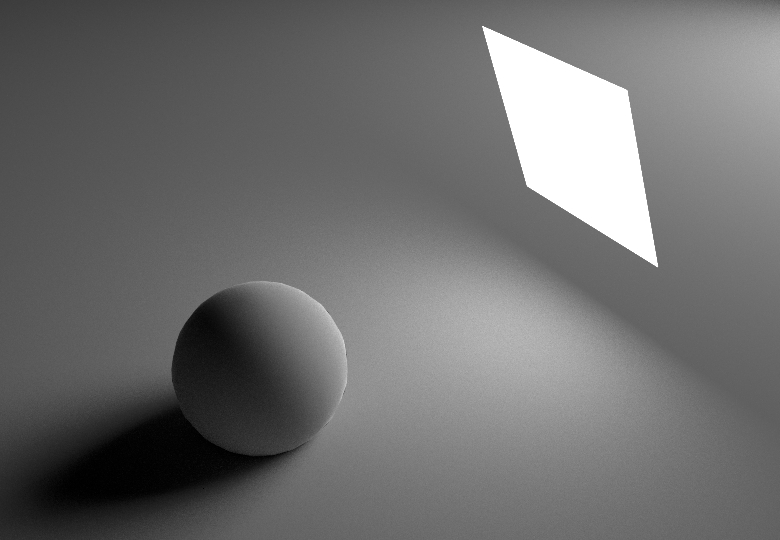
Enabled: on |
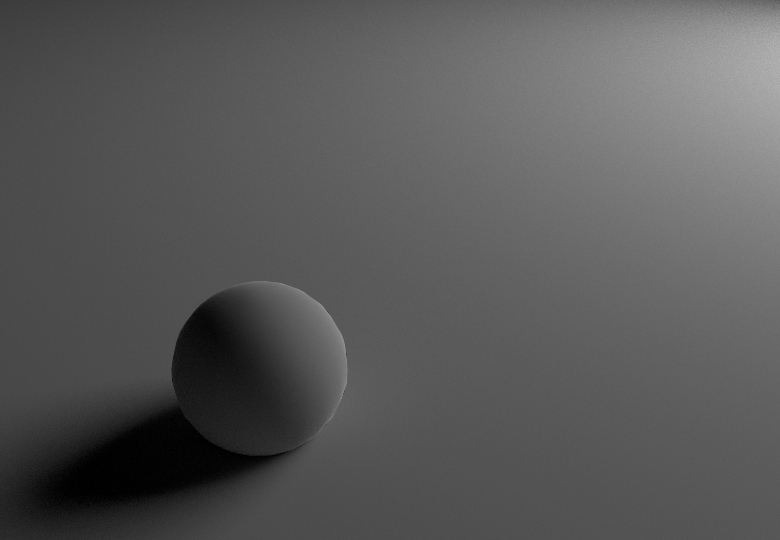
Enabled: off |
Intensity
The Intensity parameters allow you to set light intensity values and units, as well as the light color to accurately match real-world lighting properties.
Light Intensity
The Light Intensity parameter controls the intensity of the illumination in the specified intensity units. The parameter describes the overall brightness of the light source, and supports values greater than or equal to 0 (where 0 stands for no light).

Light intensity: 10 |

Light intensity: 50 |

Light intensity: 100 |
Intensity Units
The Intensity Units parameter defines the units to be used to measure the light intensity. The selection of available units depends on the light type.
Watts — the light intensity is measured in Watts, and does not depend on the area of the illuminated surface.
Lumen — the light intensity is measured in Lumens, and does not depend on the area of the illuminated surface.
Radiance — the light intensity is measured in Watts per square meter, and depends on the area of the illuminated surface.
Luminance — the light intensity is measured in Lumen per square meter, and depends on the area of the illuminated surface.
Luminous Efficacy
The Luminous Efficacy parameter describes how well a light source produces visible light, and is measured in Lumens per Watt. In physics terms, this is the luminous flux produced by the source divided by the input power. This value should be specified if the intensity units are set to Watts or Radiance.
The default luminous efficacy is 17, which corresponds to a tungsten incandescent light bulb. The maximum luminous efficacy (MLE) is 683 lumens per Watt. It can be achieved for an ideal monochromatic source emitting at 555 nm, the wavelength at which the human eye has maximum sensitivity. In practice, the MLE cannot be achieved: if it could, it would mean that every Watt of physical radiant power could be converted loss-free into visible light.
All light sources convert power into radiant energy and heat in various proportions. Their luminous efficacy depends on the spectrum. Incandescent bulbs emit mainly IR, with a small amount of visible light. Fluorescent and metal-halide sources convert a higher proportion of their energy into visible light, but also emit IR, UV, and heat. LEDs generate little or no IR or UV and little heat, and therefore convert more power into visible light. White LEDs emit primarily in the part of the spectrum to which the human eye has its maximum sensitivity, thus achieving the highest luminous efficacy of all white light sources, up to 150 lm/W, with the theoretical limit being 260–300 lm/W.
To find out physically correct values for real-world light sources, use luminous efficacy tables or calculators available on the web.
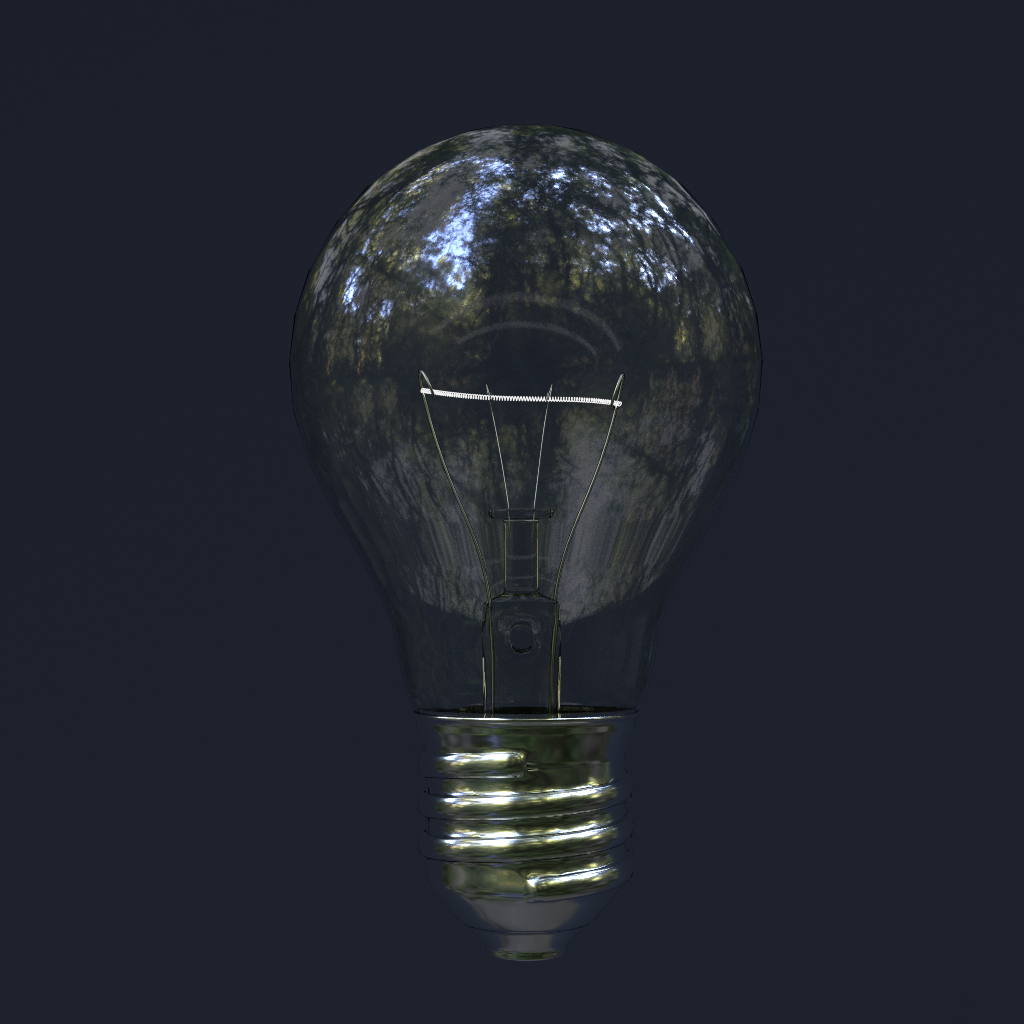
Incandescent light: 17 lm/W |
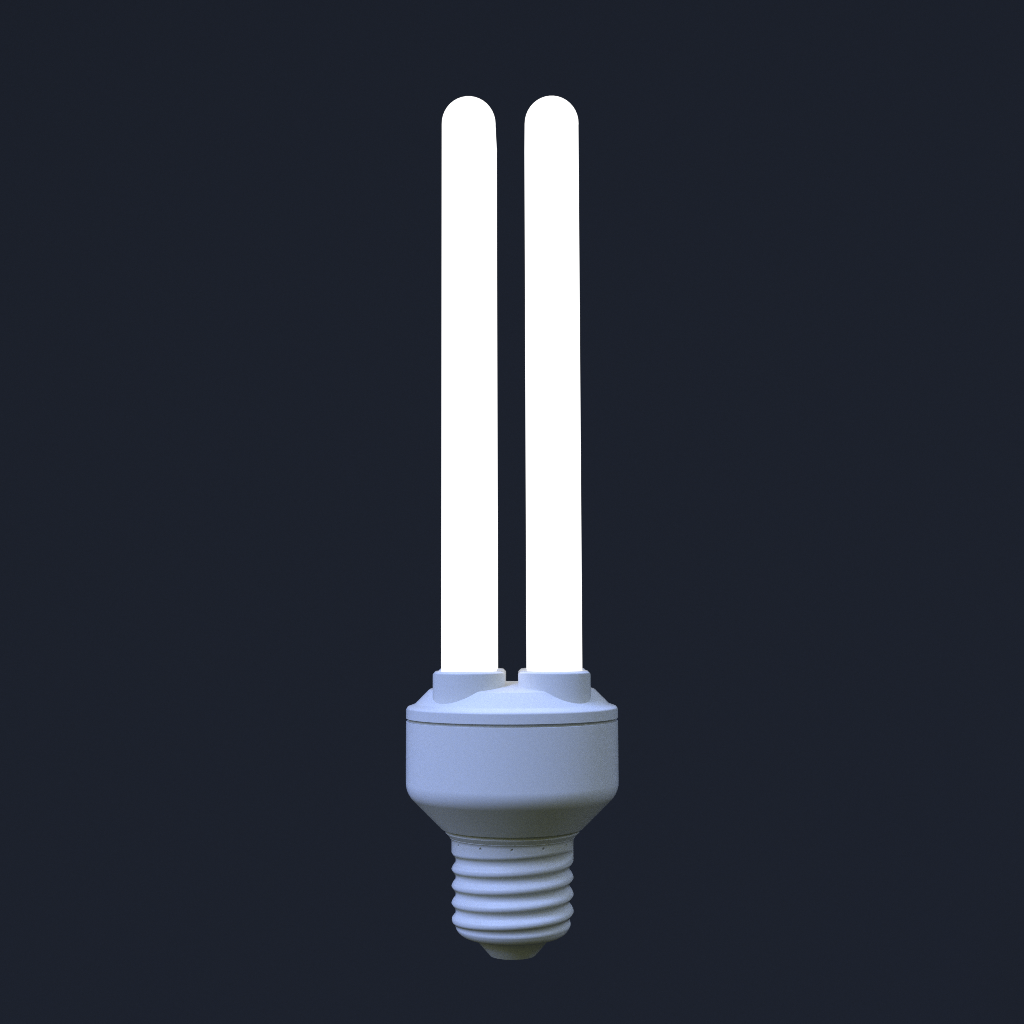
Fluorescent light: 75 lm/W |
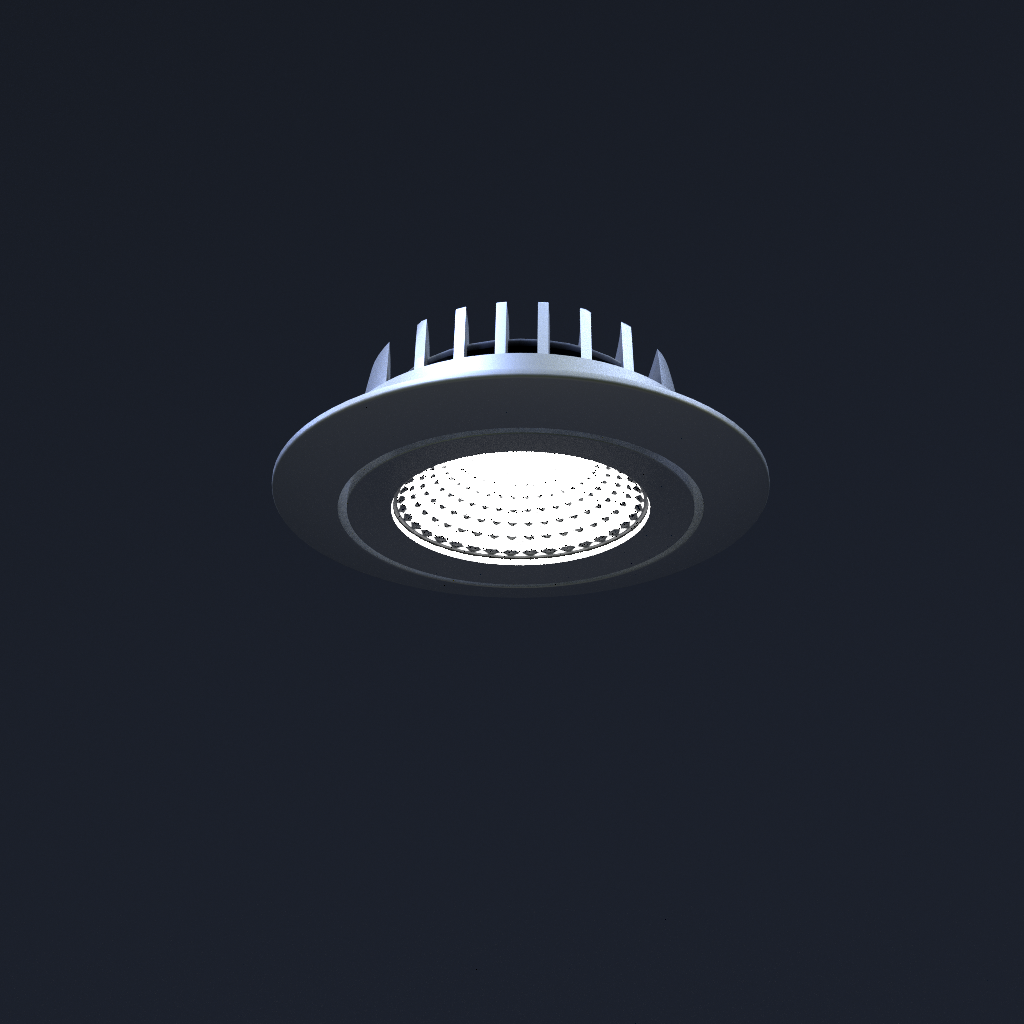
LED light: 100 lm/W |
Color Mode
The Color Mode parameter defines how the lighting color will be set: either using a color picker or choosing a temperature that will define the light color.
Color
The Color parameter controls the base color of the emitted light. The color is multiplied by the intensity value: greater intensity values result in brighter colors.
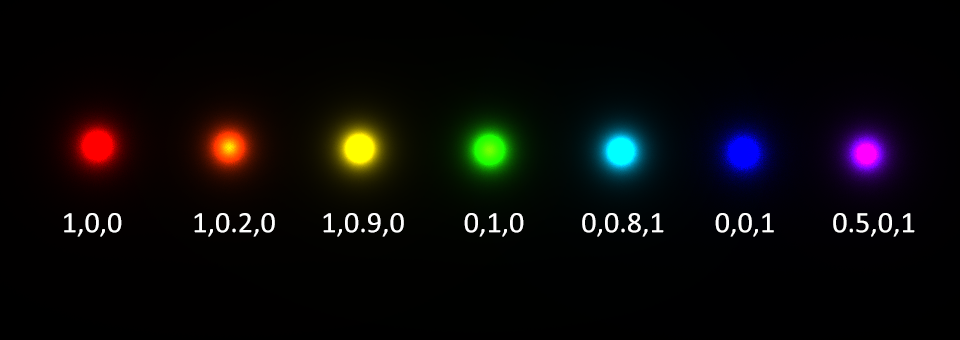
Temperature
The Temperature parameter simulates the color temperature (in units of Kelvin) — a characteristic of visible light emitted from a blackbody that is heated to a certain temperature. In render, the temperature gives a tint that contributes to the color of the emitted light. You can think of this tint as a filter in front of the base light color.
Supported temperature values are from 0 to 40000. Smaller values produce a warmer red and yellow tint, while greater values give cool bluish tint. Normal light bulbs are between 2700-5500K.
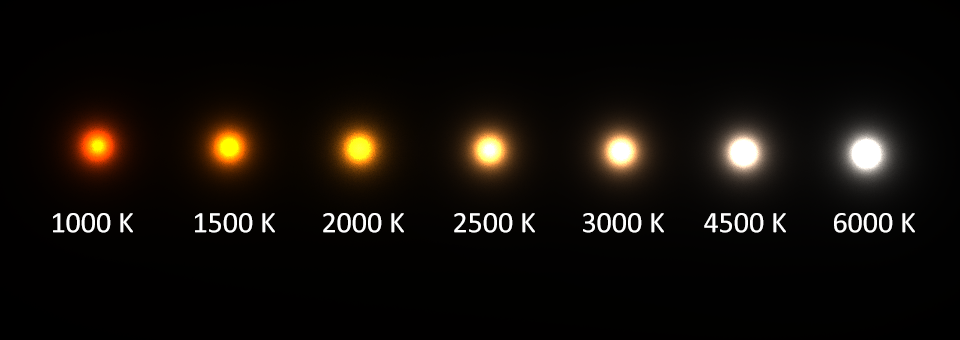
RPR Light Group
The RPR Light Group attribute available in the Extra Attributes section allows artists to group light sources in order to filter light contributions in the scene and direct them to the selected Light Group render passes.
The attribute value can range from 0 to 3, by the number of available Light Group render passes. The default value of -1 stands for no light group.